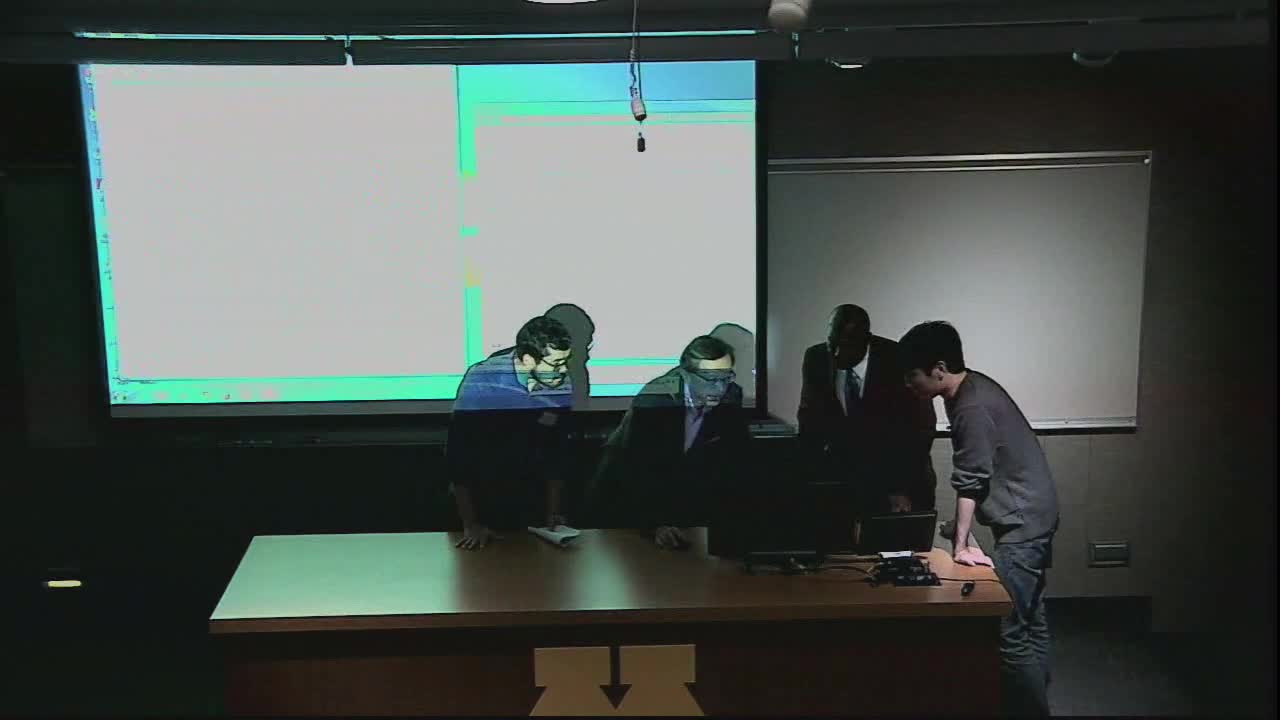Kummer's Conjecture: From Gauss to ENIAC and Beyond
Presenter
March 27, 2015
Keywords:
- Gauss sums
MSC:
- 11T24
Abstract
In 1798, Carl Friedrich Gauss counted the number of solutions modulo various primes $p$ of the equation $a^3 + b^3 + c^3 = 0$, and found a surprising connection with the ability to write the prime in the form \, p = a_p^2 + 27 \, b_p^2$ for some integers $a_p$ and $b_p$. In 1846, Ernst Eduard Kummer gave a careful study of Gauss' proof using the cubic Gauss sums $\tau_p = \sum_{\alpha \in \mathbb F_p} {\zeta_p}^{\alpha^3}$. He conjectured that $\bigl( 1 : 2 : 3 \bigr)$ is the proportion of $p$ for which $\tau_p$ lies in the intervals $\bigl[ - 2 \sqrt{p}, \ - \sqrt{p} \bigr]$, $\bigl[ - \sqrt{p}, \ \sqrt{p} \bigr]$, and $\bigl[ \sqrt{p}, \ 2 \sqrt{p} \bigr]$. Unfortunately this conjecture was forgotten about until John von Neumann and Herman Goldstine revisited the problem in 1953 as a way to test their new machine named ``Electronic Numerical Integrator And Computer (ENIAC)''. In this talk, we review the history of this fascinating problem -- discussing finite fields, Jacobi sums, and Gauss sums along the way.
